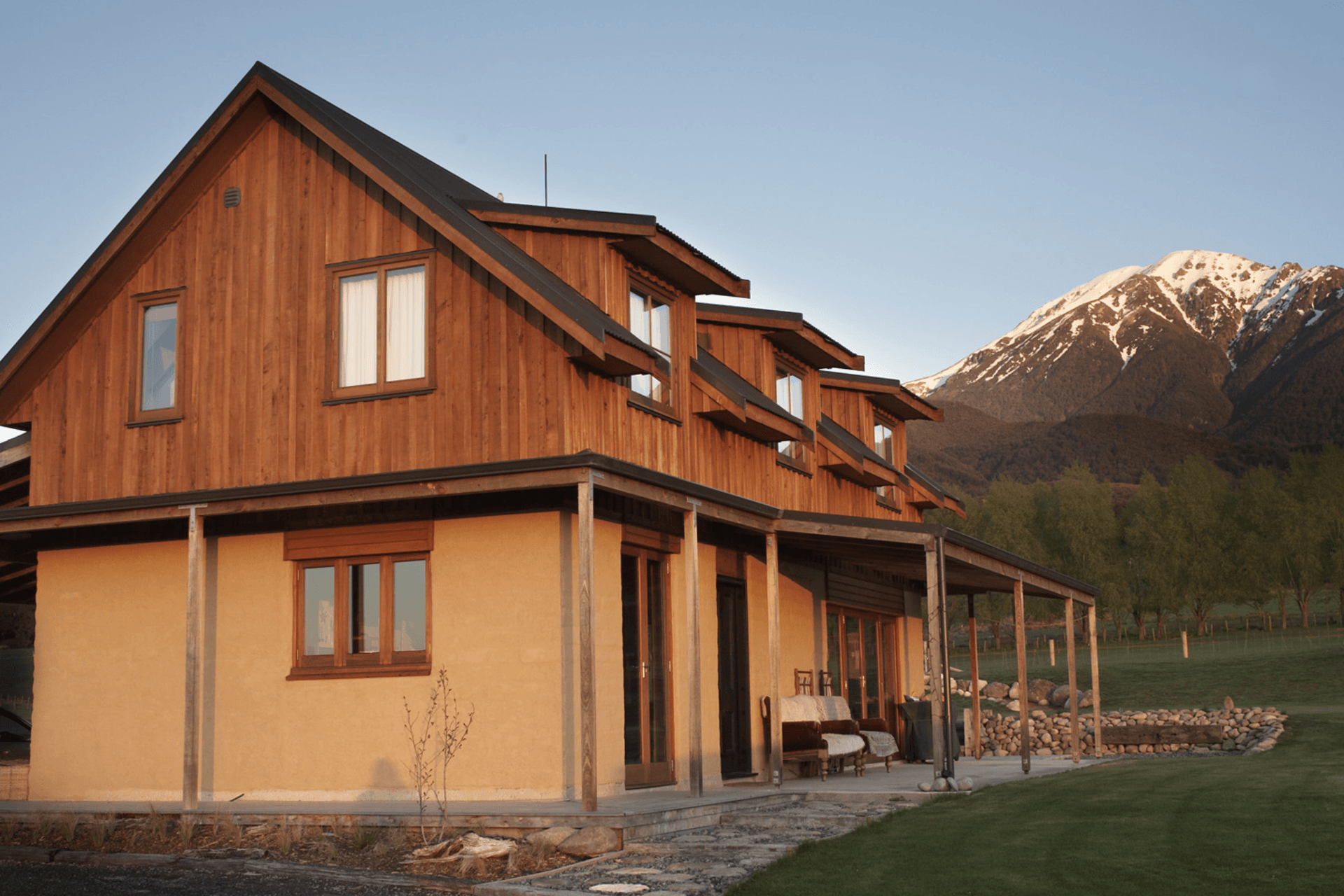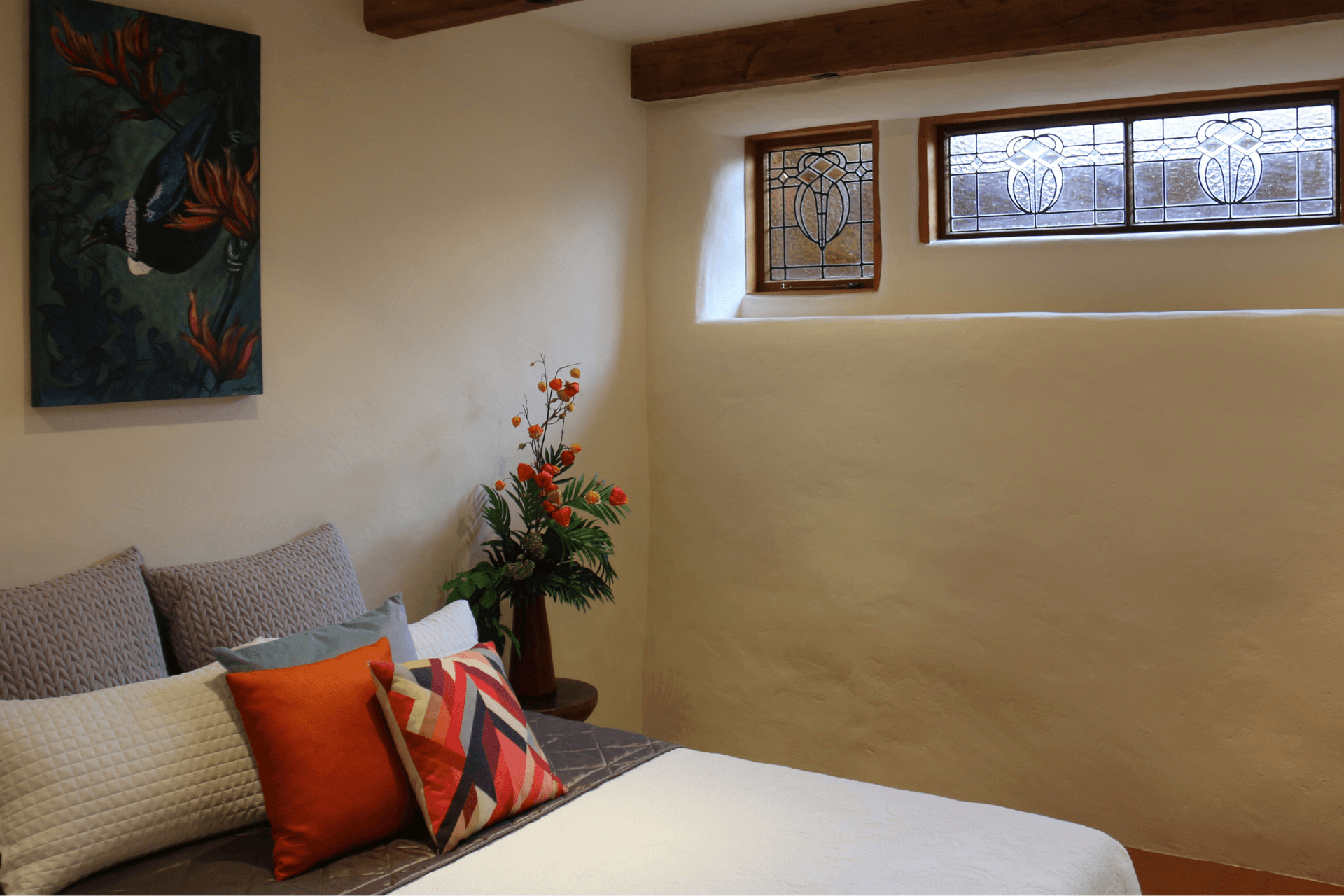Low-density Adobe bricks: how an 8,000-year-old building technique is being innovated in Aotearoa

When one of the oldest techniques in the history of human construction still endures in more or less the same way since its invention around 8,000 years ago until the present day, it is clear that it has passed the test of time and has much to offer.
The Adobe brick building technique has an extraordinarily rich history in most places where clay-rich soil is found, and has been utilised since ancient times in domestic and large-scale projects alike. It is estimated that until not too long ago, more than a third of the word population lived and worked in earthen buildings. Some of the more spectacular examples include the ancient skyscrapers of Yemen, parts of the Great Wall of China, pyramids in Egypt and massive temples and walled cities in Peru.
And while there is typically an association between this technique and hot dry climates, its strength, durability, and timeless beauty are not advantages that are limited to historic structures in faraway lands. Construction using Adobe bricks is also popular in New Zealand, especially since the publication of the NZ Earth Building Standards in 1998. Some of our oldest historic buildings are built from earth, and today in 2023, we can be proud of the world-class innovation of this technique right here on our shores.
To find out more about the contemporary use of the Adobe technique in Aotearoa, ArchiPro spoke to Verena Maeder, the Director of Solid Earth Adobe Buildings and former chair of the NZ Earth Building Association, who explains its benefits, its innovative status, and how it can contribute to sustainable construction.

ArchiPro: For those unfamiliar, can you explain the difference between Adobe bricks and conventional bricks?
Verena Maeder: The difference is mostly in the manufacturing and specification. Most conventional masonry is either concrete based or made from industrially processed and fired clay. Adobe bricks, on the other hand, are made using clay-rich subsoil, are then hand-formed, and then left to dry naturally in the sun. In New Zealand, we associate bricks mostly with cladding systems, where Adobe bricks are used structurally, making up the entire solid wall and supporting the roof or a timber-framed upper storey.
Because they are manufactured from local, natural materials, Adobe bricks use fewer resources and a lot less energy than conventional building methods. They also have a wonderful ability to regulate indoor humidity, which is their little-known super-power.

AP: Tell me more about the sustainability of Adobe bricks.
VM: As a modern-day building material, I would say the primary advantage of Adobe is the sustainability factor. This starts with the materiality – the bricks are made with readily available natural materials, like clay and fiber, instead of concrete, which is known to be a particularly unsustainable material.
My background is architecture, building biology (a building’s impact on humans) and building ecology (a building’s impact on the environment). Creating healthy buildings that have minimal environmental impact is one of the core values of Solid Earth, and something we consider in all our products, construction services and building consultations.
We passionately believe that in this day and age, we need to prioritise thinking about the environmental cost and the health impact of building materials. We look at the whole lifecycle of the bricks: How much energy is used in the production, and how can waste be minimised? How energy efficient are the buildings in use? How easy to maintain are they, and what does their end-of-life look like?
Our low-density Adobe bricks are carbon-sequestering, and even though they can last for centuries (or millennia as seen worldwide), they can be fully recycled or go back to the earth at the end of their life.

AP: You mentioned before about the ability for Adobe bricks to regulate indoor humidity. Can you tell me more about that?
VM: The unfired clay in the Adobe brick is a natural dehumidifier – it is very dry and has a platelet structure, which gives the material a huge molecular surface area. A spoonful of clay has the surface area of a soccer field, to give you an idea. So, it can readily absorb airborne moisture and then release it later – acting as a natural regulator of humidity in a home. This hugely hygroscopic property fundamentally sets Adobe bricks apart from other building materials.
For a humid country like New Zealand, this is one of the best benefits of Adobe bricks, as it prevents condensation and mould, and contributes to a dry, healthy, and irritant-free living environment.

AP: I understand you offer a ‘low density’ Adobe brick. Can you elaborate on this?
VM: With traditional Adobe bricks, you just use sub-soil (the sticky layer under the topsoil), add water and a bit of straw, and make a brick out of it. This is what has been done for millennia, and it’s how most older earth buildings in New Zealand are made.
But these bricks are high-mass materials – they are heavy. They are great at storing heat, which in the right placement is desirable, but compared to lighter materials like batts, they also have worse-performing insulation properties. Our structural low-density Adobe bricks allow for better insulation, reducing the transfer of heat through the walls, while still retaining some heat-storage capacity.
To improve the energy efficiency of earth buildings, in 2009 we went into R&D with an aim to create a low-density block that would maintain the simplicity and functionality of the Adobe brick system. We partnered with the NZ Earth Building Association, the Auckland School of Engineering and Otago University to cover all relevant structural and thermal performance testing. We experimented with many different materials, but in the end, what performed really well was a mix of wood shavings, cellulose from recycled paper, and clay-rich subsoil.
This created a brick which looks the same and has the same strength as its higher-density predecessor, but with much better insulation value and thermal performance. The system fulfils current insulation requirements and is now also covered by the NZ Earth Building Standards, which have been revised in 2020.
This innovation is of significant relevance as, so far, no structural Adobe bricks of this insulation capacity have been officially approved anywhere else in the world. Our Standards stand in high regard internationally, as we are specifying for both earthquake and temperate and wet climates.
And because biomaterial is included in the form of wood shavings, these bricks are carbon sequestering – meaning they can capture and store carbon dioxide, preventing it from being released back into the atmosphere. This is something we are particularly excited about as a company.
Adobe is a remarkably simple building system – and now with the reduced weight, it is also easier to lay the bricks.
It is a little bit like building with Lego blocks – just better for the environment and for people, and on a bigger scale.
Learn more about Solid Earth Adobe Buildings and their services.
